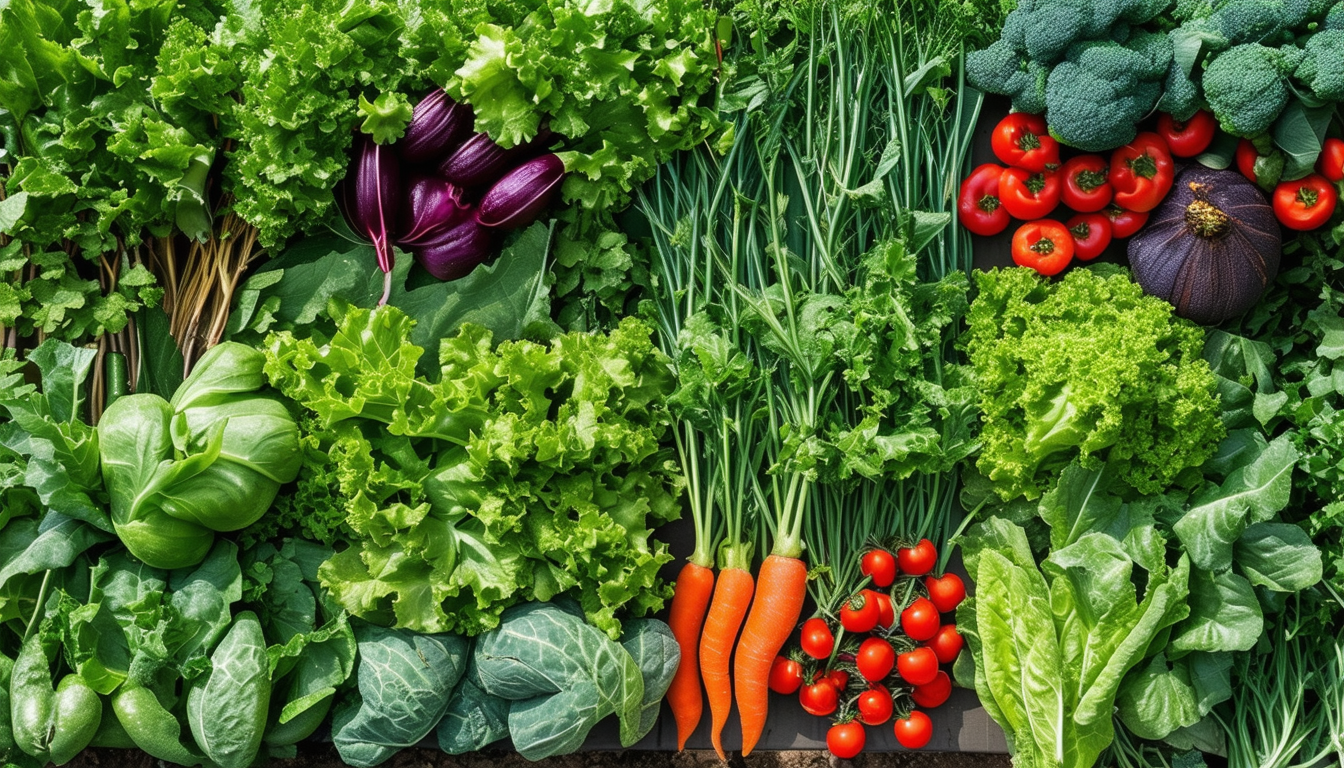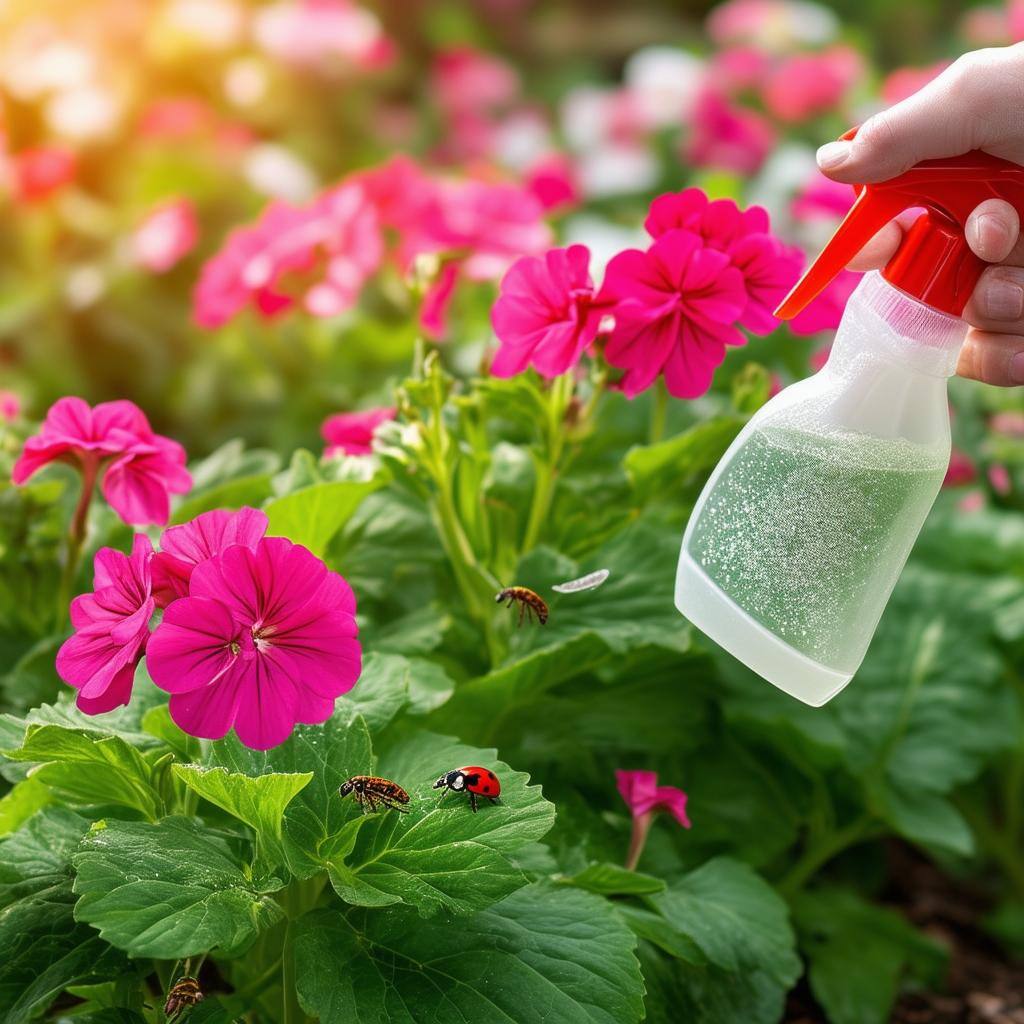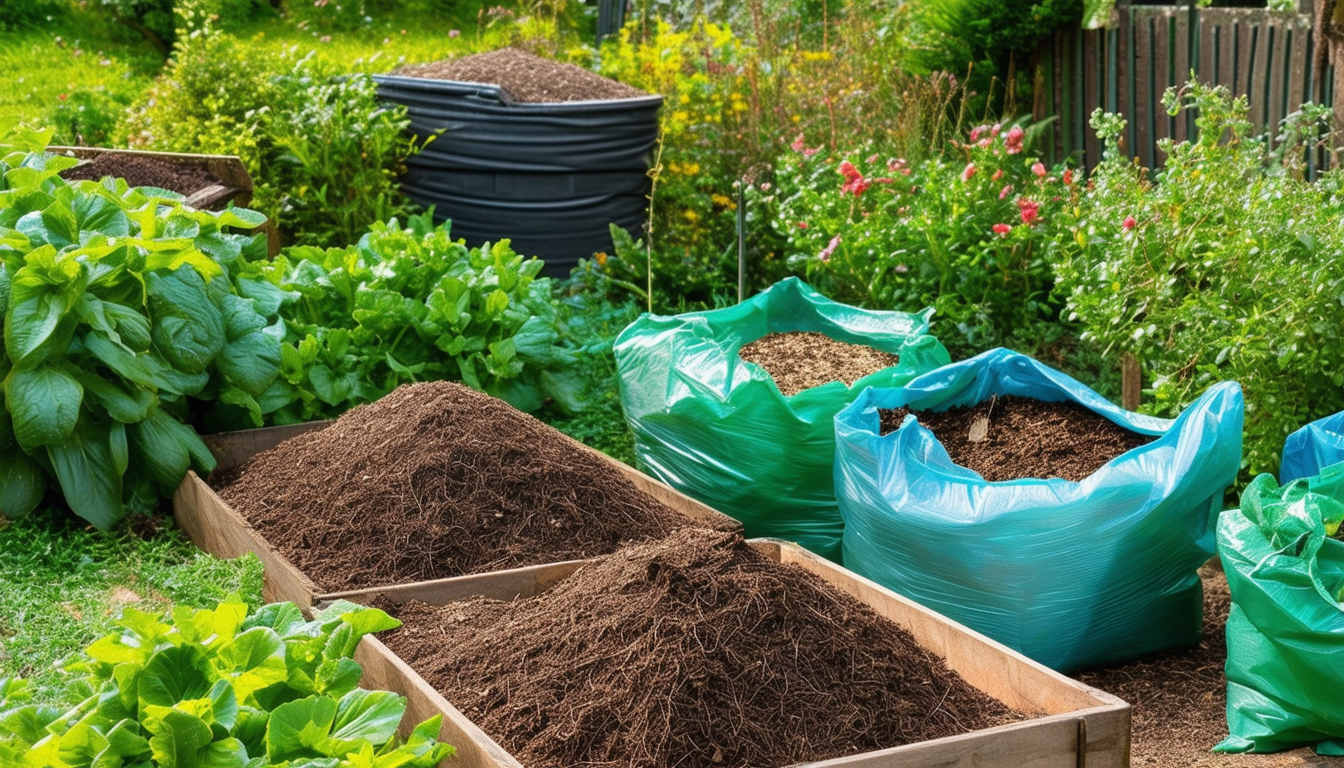
Unlock the secrets to a thriving garden by mastering the art of crop rotation!
Understanding the Basics of Crop Rotation
Crop rotation is the practice of growing different types of crops in the same area in sequenced seasons. It is a vital practice for maintaining soil health and reducing pests and diseases.
The basic principle is to avoid planting the same type of crop in the same spot year after year. Instead, you alternate crops from different families with varying nutrient requirements and pest issues.
Understanding the Benefits of Crop Rotation
Crop rotation offers numerous benefits, including improved soil fertility, better soil structure, and reduced soil erosion. By rotating crops, essential nutrients are replenished in the soil, leading to healthier plant growth.
Additionally, crop rotation helps break the life cycle of pests and diseases, reducing the need for chemical pesticides. This practice also encourages beneficial soil microorganisms, improving overall garden health.
Why Crop Rotation is Essential for Home Gardens
For home gardeners, crop rotation is essential as it maximizes the yield and quality of your produce. It ensures that the soil remains productive and healthy over the long term.
By rotating crops, home gardeners can avoid the pitfalls of monoculture, such as nutrient depletion and increased susceptibility to pests and diseases. It leads to a more sustainable and eco-friendly gardening practice.
Detailed step by step guide to rotating your crops
1. **Plan Your Garden Layout**: Start by mapping out your garden space and categorizing your crops into groups based on their families (e.g., legumes, brassicas, nightshades).
2. **Create a Rotation Schedule**: Develop a multi-year plan that details which crops will be planted in each section of your garden each year. Ensure that no crop family is planted in the same spot for at least three years.
3. **Monitor and Adjust**: Keep records of what you plant each season and observe how the plants and soil respond. Be ready to adjust your plan based on your observations and any new challenges that arise.
Top Crop Rotation Examples for Home Gardens
1. **Three-Year Rotation Plan**: Year 1: Legumes (peas, beans) - Year 2: Leafy Greens (lettuce, spinach) - Year 3: Root Vegetables (carrots, beets).
2. **Four-Year Rotation Plan**: Year 1: Brassicas (cabbage, broccoli) - Year 2: Nightshades (tomatoes, peppers) - Year 3: Root Vegetables (potatoes, radishes) - Year 4: Legumes (peas, beans).
These examples ensure that each crop benefits from the nutrients left by the previous crop and helps in pest and disease management.
Steps to Implement an Effective Crop Rotation Plan
1. **Analyze Your Soil**: Understand the nutrient composition and health of your soil to tailor your rotation plan effectively.
2. **Choose Diverse Crops**: Select a wide variety of crops from different families to maximize the benefits of rotation.
3. **Record Keeping**: Maintain detailed records of your planting schedules, crop performance, and soil conditions to refine your rotation plan over time.
4. **Follow the Plan**: Stick to your rotation schedule diligently, but be flexible to make adjustments as needed based on your observations and soil test results.
Common Mistakes to Avoid in Crop Rotation
1. **Ignoring Crop Families**: Planting crops from the same family in succession can lead to nutrient depletion and pest problems. Always rotate crops between different families.
2. **Short Rotation Periods**: A rotation period of less than three years can be ineffective. Ensure a long enough rotation period to break pest and disease cycles.
3. **Not Monitoring Soil Health**: Failing to regularly test and monitor soil health can undermine the benefits of crop rotation. Regular soil testing helps in making necessary amendments.
Any crops that shouldn't' be rotated?
Most crops benefit from rotation, but some perennials like asparagus and rhubarb are typically not rotated because they have long growing periods in the same spot.
However, even for these perennials, it's essential to manage soil health through other means like composting and mulching to ensure they thrive.



